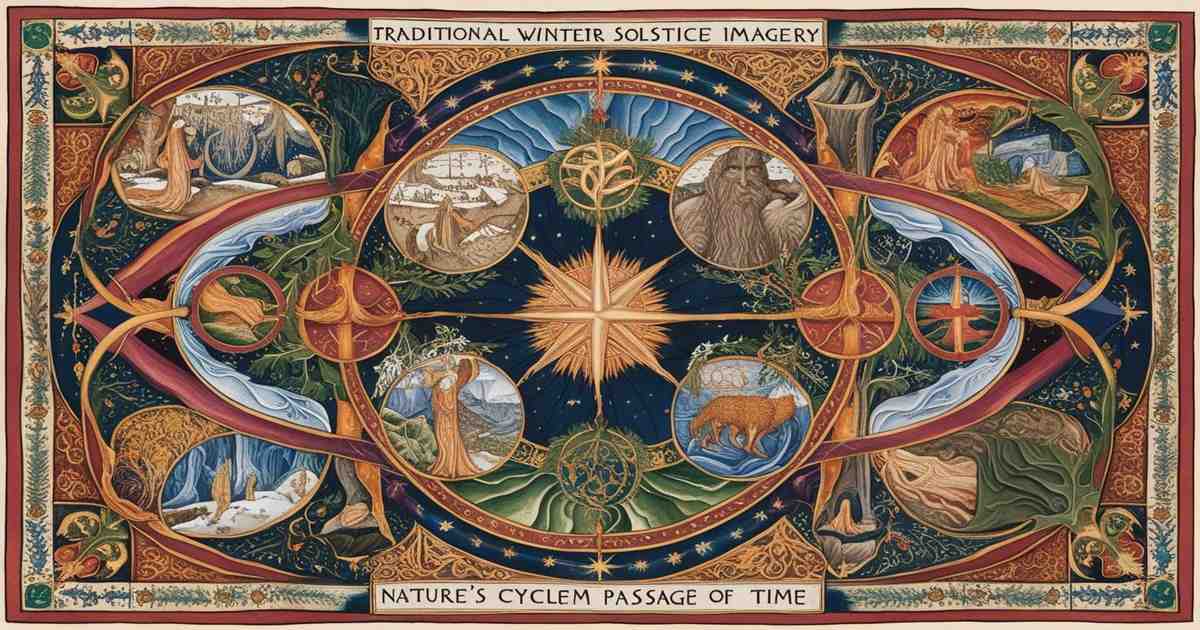Christmas is a holiday celebrated by millions around the world, but its origins and many of its traditions have roots that may surprise many Christians. This article examines the historical and spiritual background of Christmas, exploring both its connections to the birth of Jesus Christ and its ties to ancient pagan practices.

The Birth of Jesus Christ
The biblical account of Jesus’ birth is found in Luke chapter 2. It describes how Mary and Joseph traveled to Bethlehem for a census, where Mary gave birth to Jesus and laid him in a manger. Angels appeared to shepherds in nearby fields, announcing the birth of the Savior.
However, several details in this account suggest Jesus was likely not born on December 25th:
- Shepherds were watching their flocks by night, which typically only occurred from spring to early fall in that region.
- The census would not have been conducted in winter when travel was difficult.
- Jesus’ birth was more likely in September based on the timeline of John the Baptist’s father serving in the temple.
The Origins of December 25th as Christmas
So why is Christmas celebrated on December 25th? The answer lies in ancient pagan festivals:
- December 25th was the date of pagan celebrations honoring the birth of the sun god in ancient Rome and Egypt.
- In the 4th century AD, the Roman Catholic Church chose this date to celebrate Christ’s birth, likely to help convert pagans to Christianity.
- By adopting the date of a popular pagan holiday, the church hoped to make Christianity more appealing while replacing pagan practices.
This melding of pagan and Christian traditions was part of a broader pattern as Christianity spread through Europe, with many pagan customs being “Christianized” over time.
Christmas Trees and Other Traditions
Many common Christmas traditions have pagan roots:
Christmas Trees
- The Bible actually warns against decorating trees in a way similar to Christmas trees (Jeremiah 10:1-5).
- Evergreen trees were revered by ancient pagans as symbols of eternal life.
- Germans first brought the custom of Christmas trees to America in the 1800s.
Mistletoe
- Mistletoe was sacred to the Druids and associated with fertility rituals.
- Kissing under the mistletoe comes from these pagan traditions.
Yule Logs
- The Yule log tradition comes from ancient Norse celebrations of the winter solstice.
- It originally represented the dead stock of Nimrod, reborn as his son Tammuz.
Santa Claus: A Closer Look
The figure of Santa Claus, while beloved by many, has a complex and potentially troubling background:
Get instant dream insight with our Free Dream Interpretation App
Origins of Santa
- Santa Claus is derived from St. Nicholas, a 4th-century bishop.
- However, many historians doubt St. Nicholas ever existed.
- The modern Santa Claus combines elements of various pagan gods and folklore figures.
Connections to Pagan Deities
- Santa’s red suit may be linked to the Norse god Odin.
- His flying sleigh echoes myths of gods riding through the sky.
- The name “Santa” is an anagram of “Satan,” which some see as significant.
Santa’s Godlike Attributes
Santa is often portrayed with qualities that mimic divine attributes:
- Omniscience (knowing who’s naughty or nice)
- Omnipresence (visiting all homes in one night)
- Omnipotence (magical powers)
This has led some to view Santa as a subtle replacement for Jesus in the minds of children.
The Commercialization of Christmas
Over time, Christmas has become increasingly commercialized, with gift-giving and Santa Claus often overshadowing the religious aspects of the holiday. This shift has concerned many Christians who feel the true meaning of Christmas is being lost.
Historical Christian Attitudes Toward Christmas
It may surprise many to learn that Christmas was not always universally celebrated by Christians:
- The Puritans in England and early America refused to celebrate Christmas due to its pagan associations.
- Christmas was not a federal holiday in the United States until 1870.
- Many early American Christians viewed Christmas celebrations as sinful.
Biblical Perspective on Observing Days
The Bible offers some guidance on how Christians might approach holidays:
- Romans 14:5-6 suggests that observing special days is a matter of personal conscience.
- Colossians 2:16-17 warns against judging others based on observance of religious festivals.
Conclusion: Navigating Christmas as a Christian
Given the complex history and mixed traditions of Christmas, how should Christians approach the holiday? Here are some considerations:
- Focus on celebrating the birth of Jesus Christ if choosing to observe Christmas.
- Be aware of the pagan origins of many Christmas traditions.
- Avoid practices that feel uncomfortable or conflict with personal beliefs.
- Remember that the most important aspect is honoring God, regardless of the day.
- Be respectful of other Christians who may have different views on celebrating Christmas.
Ultimately, each believer must prayerfully consider how to approach Christmas in a way that glorifies God and stays true to their understanding of Scripture. While the holiday has undeniable pagan roots, many Christians find meaningful ways to celebrate the birth of Christ during this season, focusing on worship, generosity, and time with loved ones.
By understanding the true history of Christmas, believers can make informed decisions about how to approach the holiday, always keeping the focus on Jesus Christ rather than cultural traditions or commercial aspects.
NOTE: This article was generated from the video transcript and rewritten with the assistance of AI—see our AI Usage Disclosure for more information.






